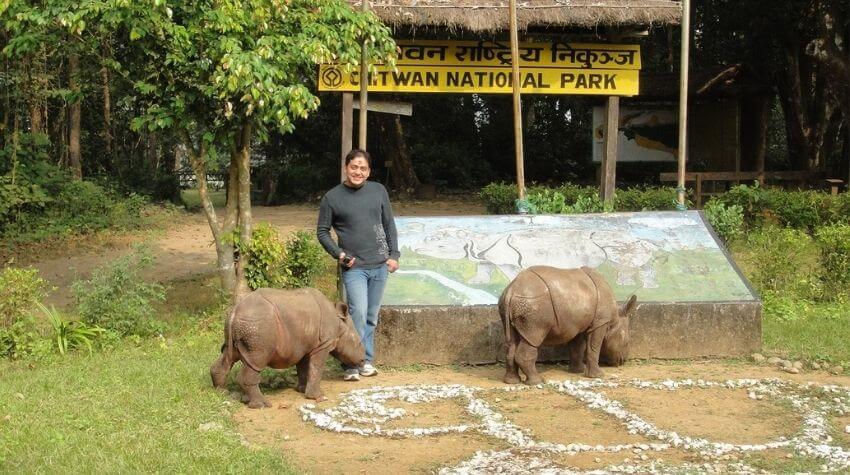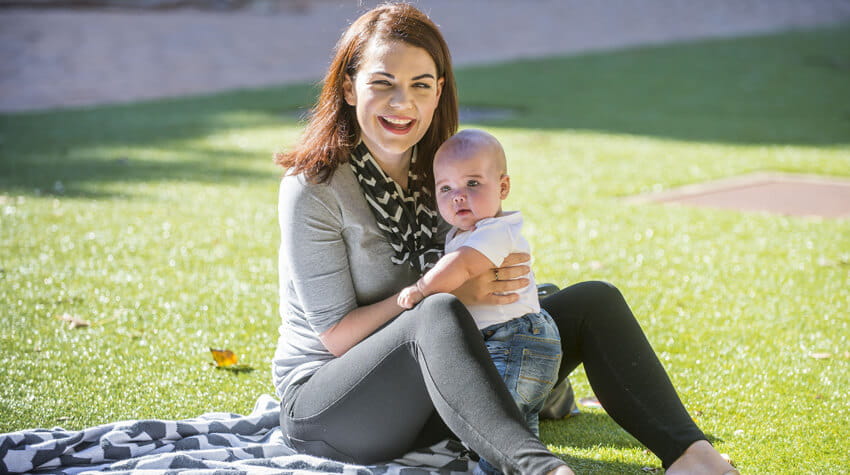Amphibian research at the University of Southern Queensland has come on in leaps and bounds, thanks in part to a study by Bachelor of Science (Honours) student Mickayla Heinemann.
In an Australian first, Ms Heinemann is trialling PVC and bamboo pipes as a technique for collecting frogs, connecting the pipes up into trees in different habitats.
“Many tree frog species like to hang out in drainpipes around our homes, using them to enhance their vocalisations during the breeding season. The tree pipe method helps to offer a new refuge area for the frogs, which will enhance their vocalisations while allowing us to survey them.”
“Traditional methods don’t actually survey many tree frog species, so finding new ways to study these frogs is really important,” Ms Heinemann said.
Mickayla made the jump into amphibian research after growing up in North Queensland and her study is supervised by UniSQ Wildlife Management Associate Professor Peter Murray.
“Frogs are a really important part of the environment and we need to improve our survey methods so we can get better data on the frogs in our ecosystems. A lot of the traditional methods severely underestimate which frogs we have and sometimes miss out whole species, such as tree frogs.
“If we don’t know about them, how can we conserve them? We need to fill in the gaps in our knowledge.”
With a focus on climatology, ecology and conservation, the Bachelor of Science (Honours) Environment and Sustainability major at UniSQ is designed for those wanting to explore environmental science, biodiversity conservation, climate change mitigation and adaptation, and natural resource management.



